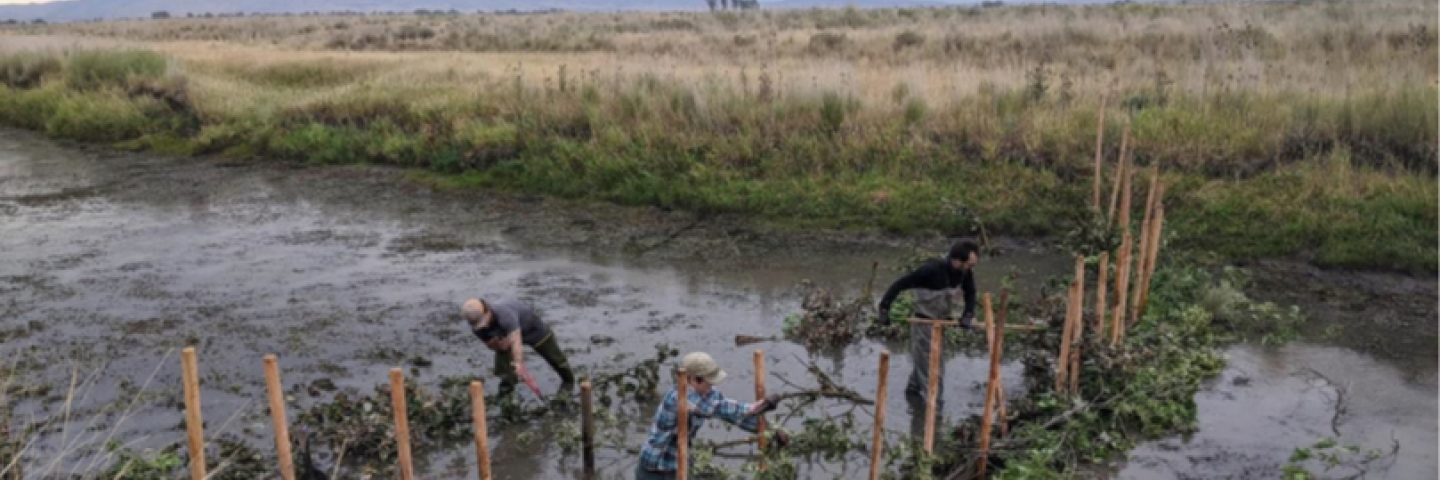NRCS California Earth Team

NRCS is honoring California’s Earth Team volunteers and celebrating their many contributions to natural resource protection during National Volunteer Week, April 16-22.
Davis, California, April 19, 2023 – The USDA Natural Resources Conservation Service (NRCS) is honoring California’s Earth Team volunteers and celebrating their many contributions to natural resource protection during National Volunteer Week, April 16-22.
Earth Team is a program that allows NRCS to stretch available resources by partnering volunteers with employees to provide a wide range of services to private landowners and the public. These activities can include conservation technical assistance, office support, teaching, and generating awareness about conservation through community projects.
“Whether Earth Team volunteers donate a year, a month or a lifetime to help producers improve their natural resources, the impacts of volunteer efforts are felt far and wide,” said NRCS State Conservationist Carlos Suarez. “Last year, 52 Californians’ donated more than 559 hours of service because they believe in our critical conservation work.”
NRCS appreciates the important work these volunteers do. Their efforts help NRCS bring more conservation services to farmers and ranchers throughout the state. California’s Earth Team provided the equivalent of $16,000 in time worked to our customers and taxpayers in 2022. Below is an example of the outstanding work being done throughout the State to help improve lands, wildlife habitat, and contribute to cleaner water and air for everyone:
This Beaver Dam Analog (BDA) is one of eleven BDA's planned by NRCS staff members Dale Kroschel, Bo Hands, and Kaytee Todoroff on a Wetland Reserve Easement in Lassen County. These structures are designed to bring up the water table and reduce further downcutting. They also support the establishment of native vegetation on a highly incised channel that is disconnected from the floodplain during regular high flow events.
-NRCS-

